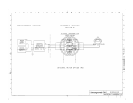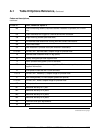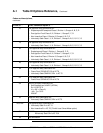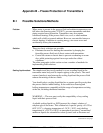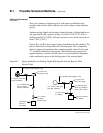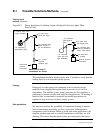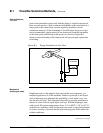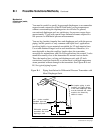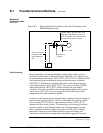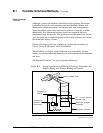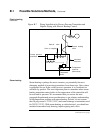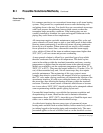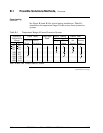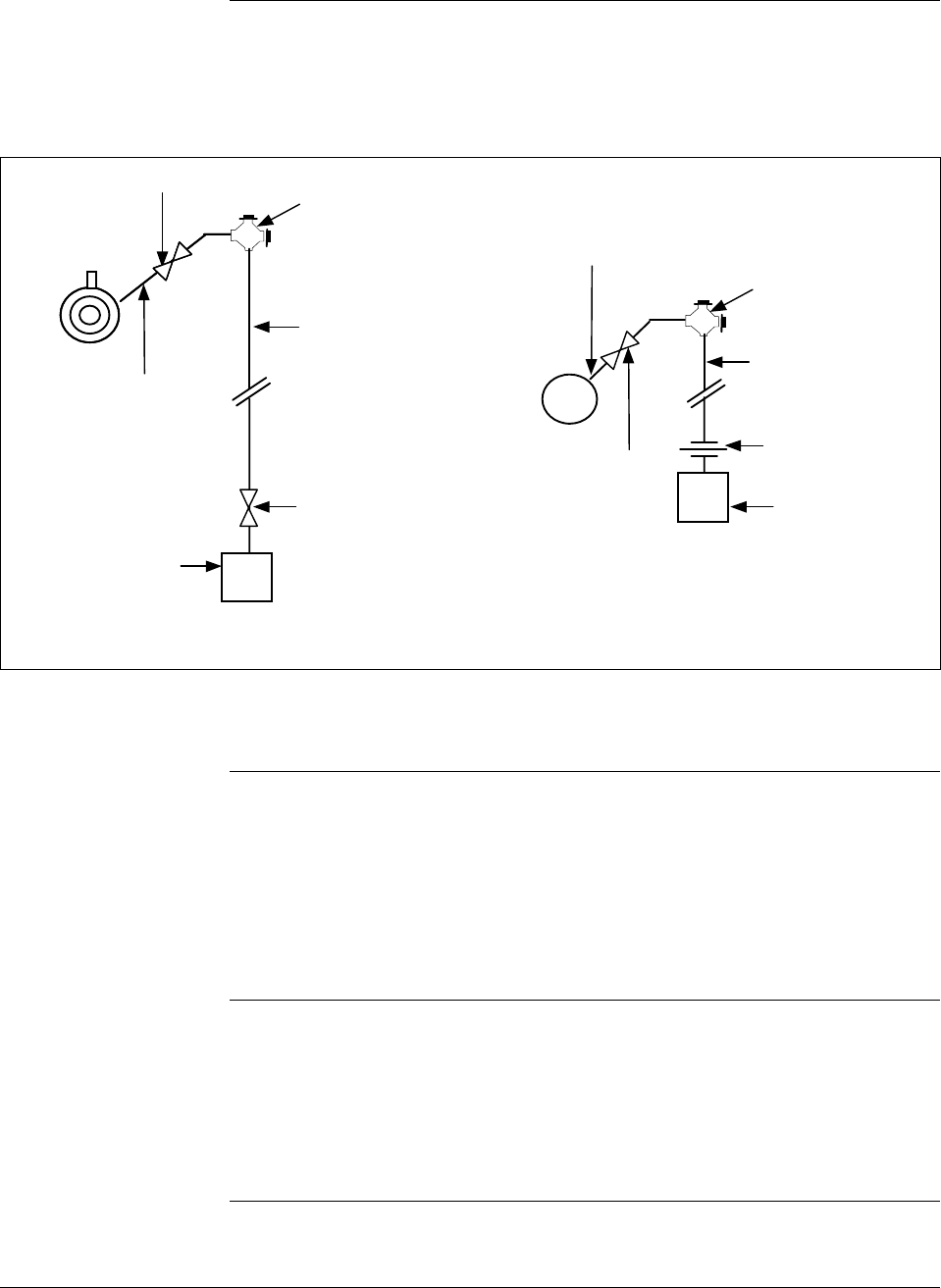
6/08 ST 3000 Release 300 and SFC Model STS103 User’s Manual 239
B.1 Possible Solutions/Methods, Continued
Sealing liquid
method, continued
Figure B-2 Piping Installation for Sealing Liquid with Specific Gravity Lighter Than
Process Fluid.
1/2" seamless
pipe nipple 6" long
1/2" shut-off valve (thru
port type desirable)
1/2" seamless pipe
(short as possible to
reduce head effect)
Process pressure
transmitter
1/2" pipe union
or coupling
1/2" pipe cross
with 2 pipe plugs
1/2" shut-off
valve (thru port
type desirable)
1/2" seamless
pipe nipple 6"
long
1/2" pipe cross
with 2 pipe plugs
1/2" 3-valve
manifold,
standard type
Differential
pressure
transmitter
1/2" seamless pipe
(slope at least 1"
per foot downward
Make both HP and LP
connections as shown.
The installation should be checked every 6 to 12 months to verify that the
sealing liquid is at its required specific gravity.
Purging
Purging air or water purges are commonly used to prevent viscous
materials from clogging the impulse lines to pressure, level, or flow
transmitters. The bubbler system, using a constant-air flow regulator, is
particularly common on open tank liquid level applications. No heating of
impulse lines or transmitter is required, but normal precautions are
required to keep water out of the air supply system.
Gas applications
We must not overlook the possibility of condensate freezing in impulse
lines to transmitters measuring gas flow or pressure. Although these
components could be heated similar to water and steam applications, the
simplest and best approach is to install transmitters so that they are self
draining. This means that the impulse lines are connected to the lowest
Continued on next page



